A Commercial KC-10 comeback could be a possibility
KC-10s might make a comeback commercially. At least, that’s what USAF Gen. Mike Minihan hinted to lawmakers earlier this month, testifying for the House Armed Services Committee.
Air Mobility Command has been exploring the idea of commercial aerial refueling, including with old KC-10 tankers. Most KC-10s are already retired and stored at the Davis-Monthan AFB “Boneyard” in Arizona.
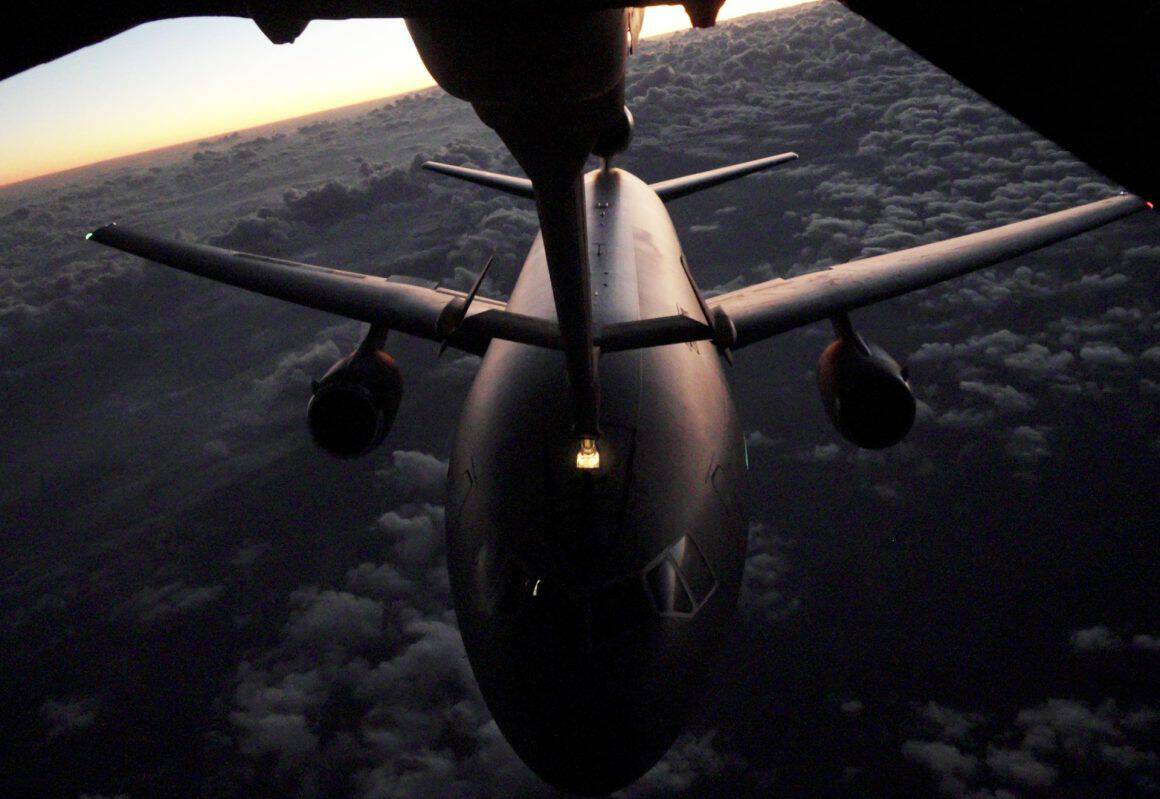
The 60th Air Mobility Wing (Travis AFB, Ca) is the last active-duty wing to operate the aircraft. They will retire the last KC-10 later this year, as the USAF transitions to the KC-46 Pegasus as part of the Air Force’s recapitalization of its tanker fleet.
KC-10s were workhorses of the USAF for decades
The plane was a workhorse of the USAF for decades. It was vital in the U.S. military’s global reach and power projection capabilities. They had a long range and carried a large fuel load. It was common for crews to spend 12 hours or more on a single sortie.

The massive aircraft is best know for its primary role as an aerial refueler, but it’s also great for moving large loads of cargo and passengers. Its cargo capacity nearly matches the C-17.
The aircraft was critical in supporting combat missions, but it also served well in humanitarian support. It could move tons of food, water, meds, clothing, blankets, construction equipment, roof trusses… virtually anything needed for a humanitarian mission, anywhere.
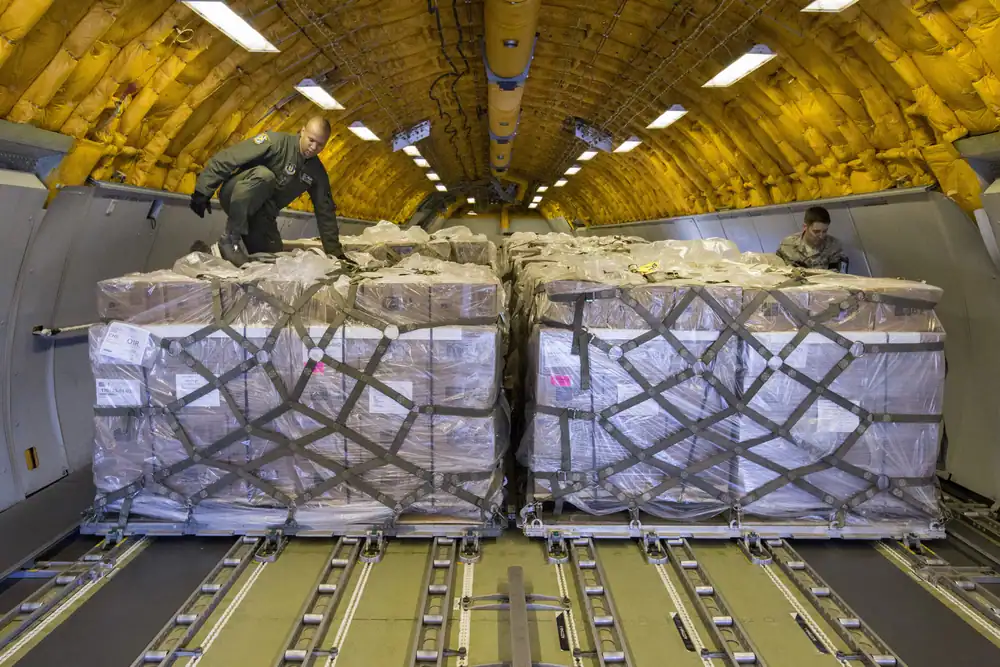
Needless to say, the KC-10 fleet was not retired for poor performance, but budget pressures. The fleet was relatively small compared to the KC-135. The KC-46 replacing the KC-10 reduces the total types of tankers in the Air Force fleet from three to two.
New life for retired KC-10s?
When asked by lawmakers about using them for commercial refueling, Gen. Minihan agreed it’s a good idea. He said there is enormous value in aircraft that have the potential to provide readiness in the commercial sector, and added that initial work on the idea has already begun.

“The analysis on the oversight and the certification is what’s next,” said Minihan. “We now have enough data to do that.”
Gen. Minihan also wants to “make sure that with commercial refueling, that we don’t decrement the readiness of those in uniform flying the tankers.”
In plain English that means ensuring airmen don’t suffer reduced training and experience, as a result of handing missions to a commercial operator.
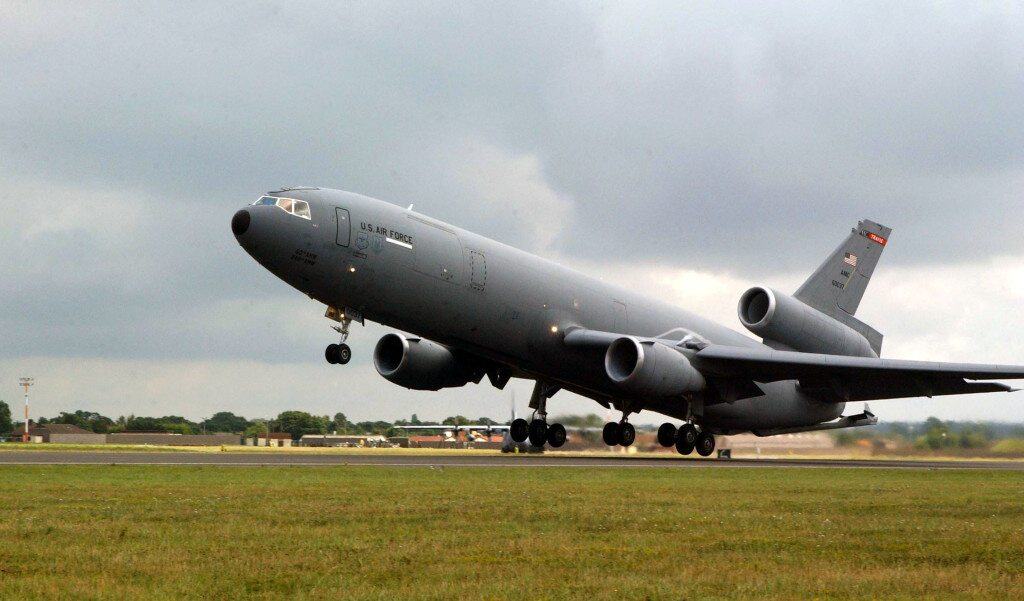
“I think we’ll get to a point where we can make a holistic approach to commercial air refueling,” he added.
Additionally, KC-10s going into commercial operations would not require any modifications to be able to conduct air refueling or cargo missions. There is really no logical reason NOT to support the idea.
The U.S. Military already uses two commercial companies for aerial refueling
Currently, Omega Air and Metrea are already serving commercial aerial refueling needs for the DOD, with tankers acquired from other nations. In service to the U.S. they cannot refuel planes supporting combat; they can only refuel for training or exercises.
The Navy and Marine Corps have been using commercial refuelers for nearly 20 years.
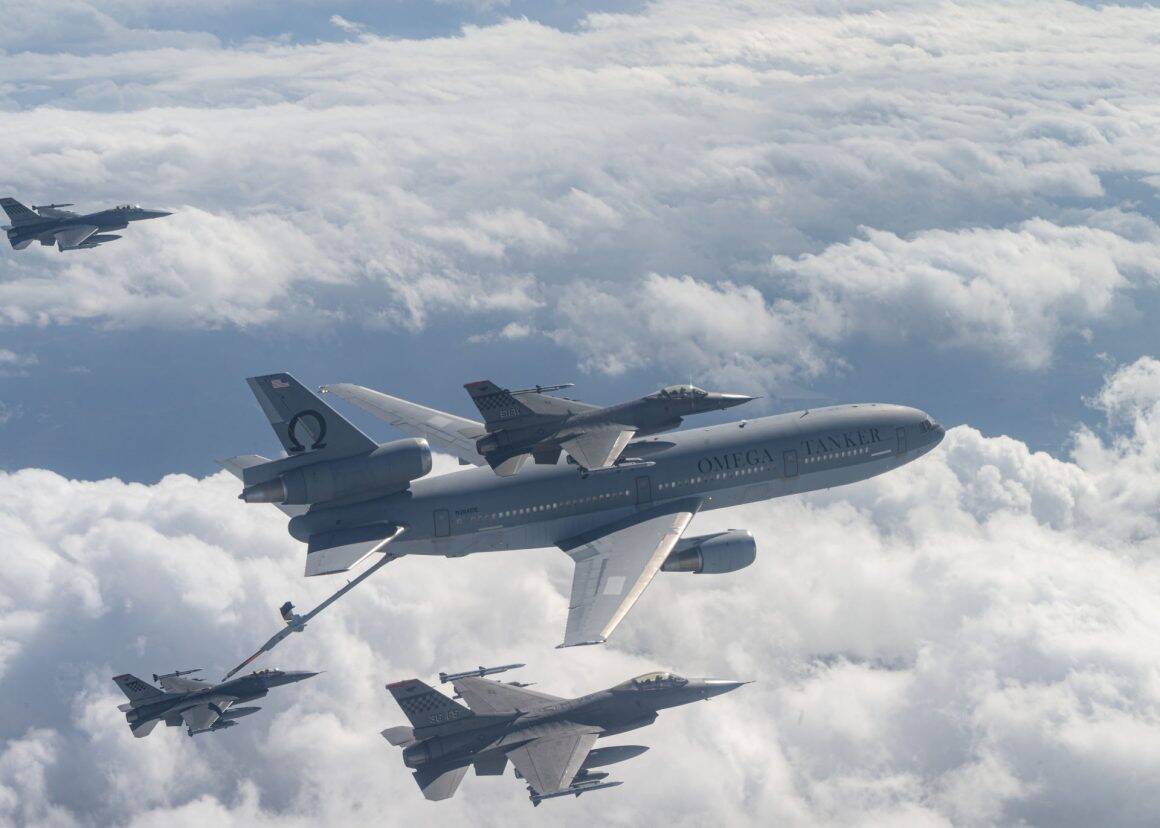
The USAF did not get onboard with the idea until June 2023, when an Omega KDC-10 commercial refueler hooked up with an E-3 Sentry and RC-135. Later that year, F-16s, F-15s and even F-22s hooked up with it in Nov 2023 during Commando Sling 23, a bilateral exercise between the U.S. and Singapore.
Since then, the Omega KDC-10 has also conducted aerial refueling with a USAF B-52 and MC-130J over the Pacific.

The KDC-10 transited from Osan Air Base, Republic of Korea to Andersen Air Force Base, Guam and completed four successful, safe contacts with the B-52 and MC-130J.
Commercial air is a must for U.S. Indo-Pacific Command operations, given the nature of the theater
According to Pacific Air Forces, “leveraging the capability of commercial air-to-air refueling allows the USAF to increase warfighter readiness in the priority theater and around the globe.”
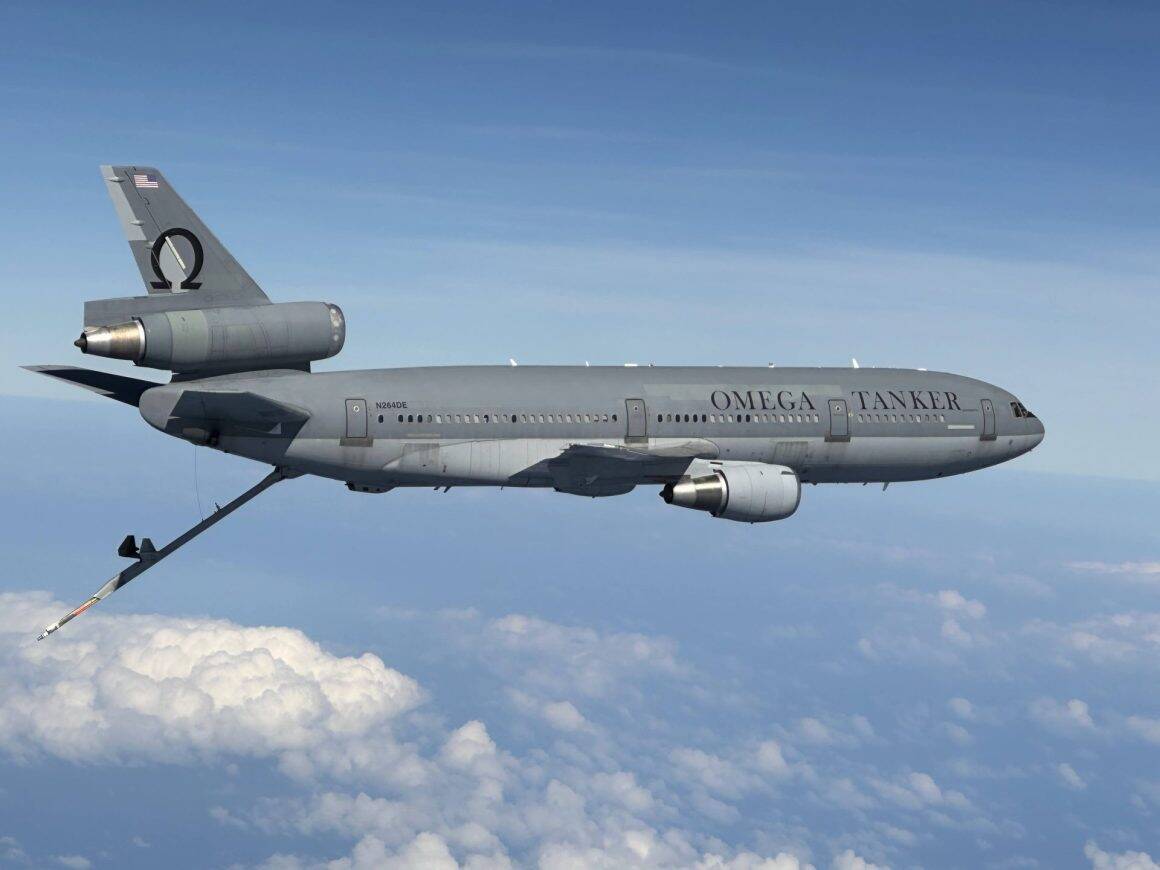
“To compete and win, the Joint Force needs resilient and diverse ability to get the warfighters where they need to be when they need to be there,” said Lt. Col. Matthew Spinelli, 49th Test and Evaluation Squadron commander, Barksdale Air Force Base, Louisiana.
“Having an additional means and capacity depth in our air refueling and logistical movements is critical to success. Long range bombers now have additional means to get into and out of theater rapidly and ultimately offers the joint force more presence, firepower, and mass of force a higher consistency. Commercial air is a must for U.S. Indo-Pacific Command operations given the nature of the theater.”
Commercial KC-10s would join just a few DC-10s left in service around the globe
A commercial KC-10 comeback would mean that the active fleet of the DC-10 type around the world would grow substantially. As of July 2024, less than ten DC-10s remain in active service in niche roles such as firefighting and the Orbis medical MD-10 providing hospital services in disadvantaged areas around the globe.
